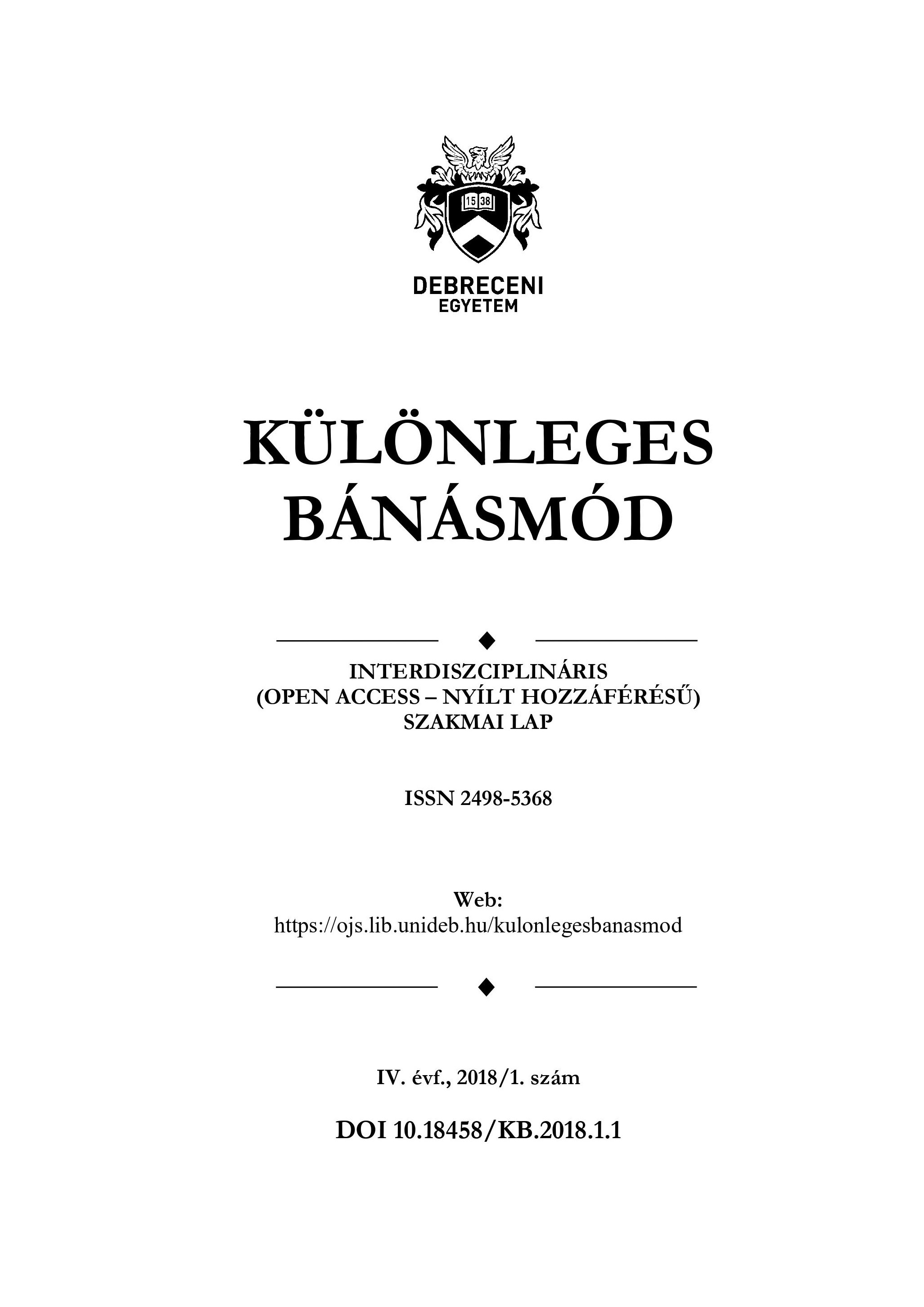THE APPEARANCE OF THE AUGMENTATIVE AND ALTERNATIVE COMMUNICATION IN KINDERGARTENS, WHICH ARE SUPPLYING CHILDREN WITH INTELLECTUAL DISABILITY
Author
View
Keywords
License
Copyright (c) 2020 Varga Eszter

This work is licensed under a Creative Commons Attribution-NonCommercial-NoDerivatives 4.0 International License.
How To Cite
Abstract
Present study focuses on the appearance of augmentative and alternative communication in kindergartens, which are supplying children with intellectual disability. The augmentative and alternative communication (AAC) makes it possible, that as a result of the injury of the sounding speech or its deficiency the individual be able to express his communicational intention in some kind of manner (Kálmán, 2006). In my research, I examine the opinions and personal experiences about the use of AAC of special education teachers. 21 special education teachers filled out the questionnaire. All of the special education teachers are women and they work in metropolitan kindergartens. The results indicate that the majority of children with intellectual disabilities need AAC. All of the asked special education teachers use the AAC in their work. Most of them use AAC in the course of development. It’s a young discipline, so there are many difficulties with its use.


 https://doi.org/10.18458/KB.2018.1.35
https://doi.org/10.18458/KB.2018.1.35